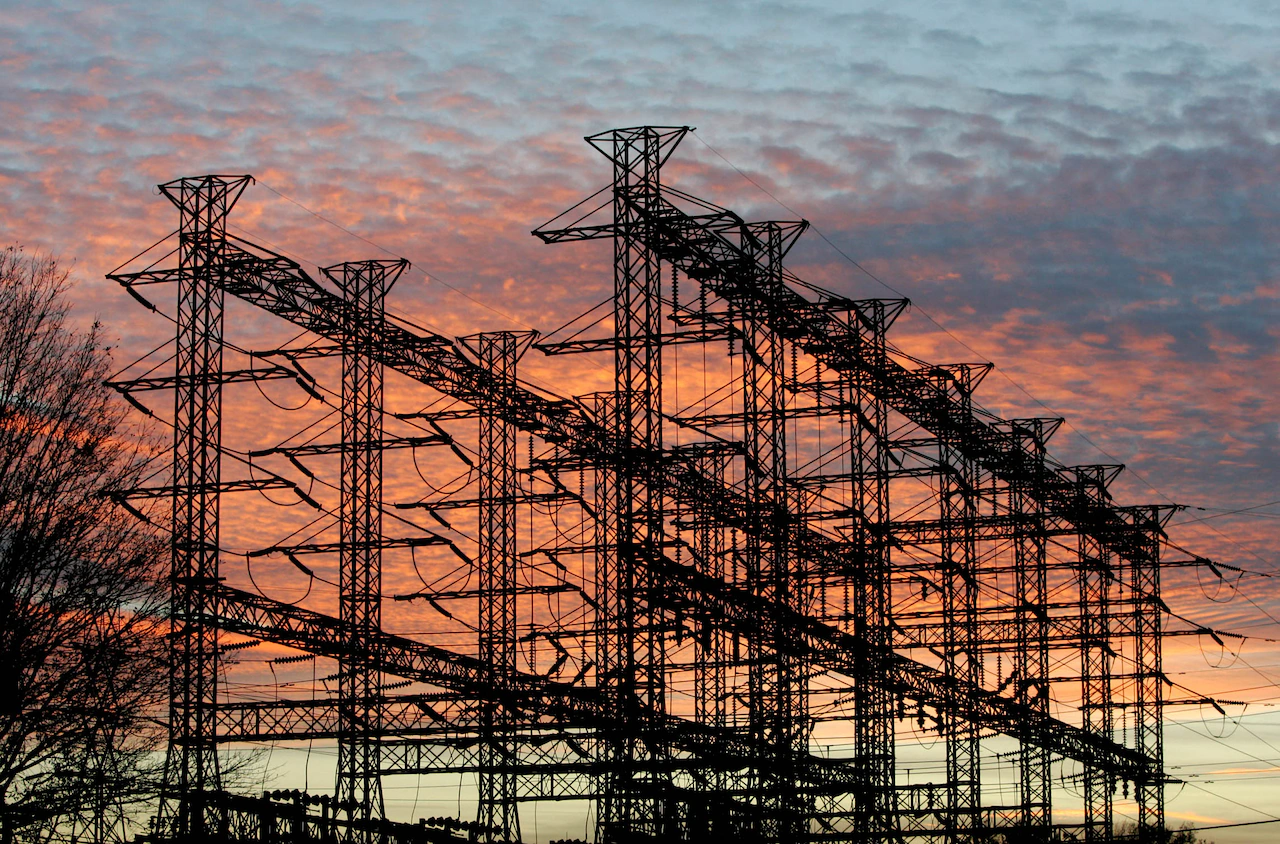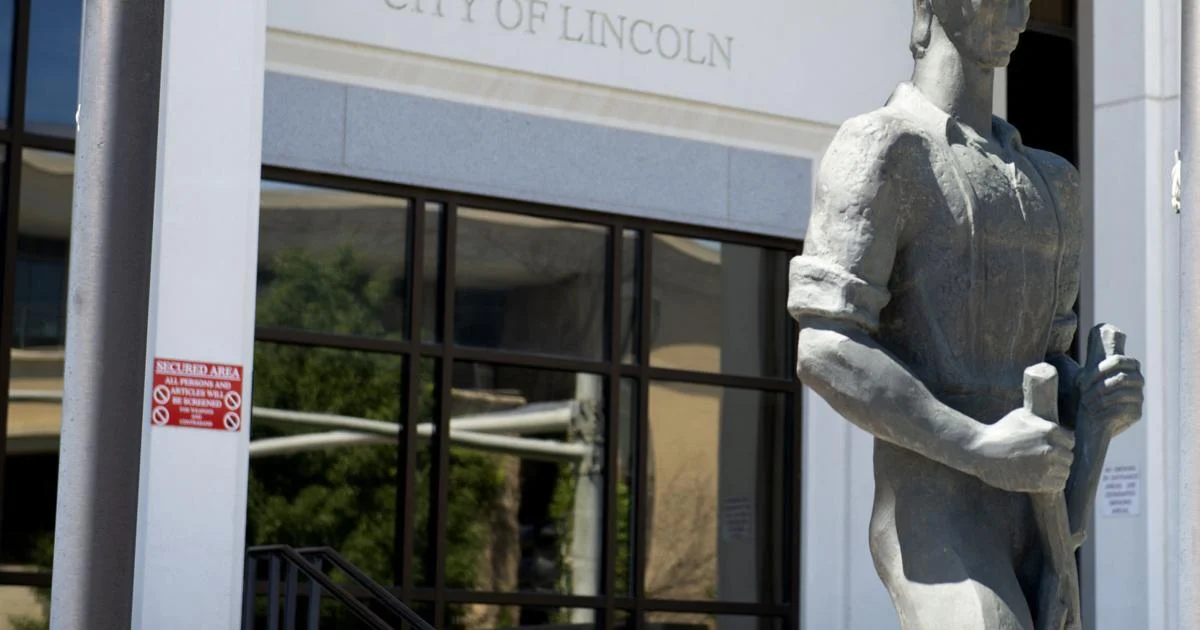Copyright cleveland.com

Electricity bills have become the latest household shock for Ohioans, with hundreds of residents saying their costs jumped sharply over the summer — even when they used less power. From Cleveland Heights to Ashtabula to Massillon, readers described frustration, confusion and anger at what they see as a new and largely unacknowledged strain on family budgets. Each weekday morning, I send a text message to more than 3,400 subscribers to share what our newsroom is working on or to ask questions about issues that affect people’s lives. The responses are often remarkable — thoughtful, funny, passionate and full of firsthand experience — and they help shape our reporting at cleveland.com and The Plain Dealer. Anyone can join the conversation for free at https://www.joinsubtext.com/chrisquinn. This week, I asked whether people had seen their electric bills spike. “I was surprised by how big my electric bills were over the summer, as we don’t have central A/C and used very little power in July and August,” I wrote. “Today, the Washington Post says Ohio is one of the states where electricity costs have jumped so much that they will factor into the governor’s race next year. All those data centers that have set up here have created high demand, which means price hikes.” Nearly 400 readers responded, and their answers painted a vivid picture of frustration and alarm across Northeast Ohio. In coming weeks, we’ll analyze the reasons for the huge spikes in power bills. A Widespread Jolt Most who wrote said the hikes began in June or July, and they were stunned by how high the numbers climbed. “Yes! I have been so surprised about the double/triple bills I have gotten,” one reader said. Another said, “My electric bill for Oct 2025 INCREASED by 63% -- but my usage DECREASED by 87% during that time period!!!” A resident of Westlake reported, “Our bill increased from the range of $140-$160 for July-August, to $320. I was convinced there was an error.” Some households without central air saw the same spike. “We don’t have AC, and our July and August electric bills were really high compared to previous years. Glad you asked!” Others expressed disbelief at the lack of connection between use and cost. “We were out of the country 8 weeks. We had the AC set at 80 just to keep air moving. Let the data centers pay more!” One resident of the Flats summed it up simply: “My electric bill spikes every summer and winter … but this summer the month-on-month bills were higher than before.” For retirees and low-income Ohioans, the increases felt punitive. “I am on a payment plan. Went from $19 to $54. Being on a fixed income it was totally unexpected.” Another wrote, “It is the same as a tax, now I have less money to spend on food, travel and entertainment.” A retiree in Stow said, “Retired and on a fixed income so this really hurts!!!” And for some, the hit brought deeper worry: “Yes, it has! Noticed it over the summer and now into the autumn, even when we have hardly used our air conditioning. Being seniors on fixed income, this has been a very difficult year for us.” Searching for Answers — and Blame Many blamed the data centers and artificial-intelligence operations that have moved into Ohio, arguing they use enormous amounts of power and drive up demand. “The data centers are passing the costs on household customers,” one reader said flatly. Another added, “The data centers probably have a net negative effect on the overall economy in Ohio, but don’t tell the secretive JobsOhio clowns who make up data to the contrary.” Some tied the increases directly to public policy. “I noticed electric costs rising sometime at the beginning of the warm summer months. Since I can no longer trust the Ohio Senate and House members I assumed they are at least partially responsible. While that may be the case, I soon realized that the data centers (AI and crypto) are likely the biggest cause.” One summed up the frustration this way: “Let me get this straight. The data centers, which arguably create zero direct benefit to me, increase electricity demand and thus my utility rate? Do I have that right? If so, it’s just another grotesque example of how business costs get socialized and profits are privatized.” Politics and Policy A number of people brought up the state’s energy-policy scandals and politics. “The FE (FirstEnergy) scandal is the tipping point – see how FE is setting rates now,” one wrote, referring to FirstEnergy. “Please, please talk with Cleveland’s Eastside state senator Kent Smith about the continuing impacts on consumer costs from the HB 6 scandal,” another said. Others saw the surge as part of larger political decisions: “We will soon be facing an energy crisis in this country. AI and the Trump regime killing renewable energy are main reasons. We have no national or state strategy in place to solve it.” “Did the data centers get some kind of deal on electricity by Republican controlled state government to build in Ohio? If demand goes up causing rates to increase why are homeowners penalized?” another asked. Some Found Ways to Cope A few readers said they had taken matters into their own hands — locking in fixed rates, switching suppliers, or investing in solar. “I highly recommend using the Ohio energy choice program and choosing the best fixed rate over a year or two,” one wrote. Several mentioned the state’s Apples to Apples website, where consumers can compare rates. “I use the Ohio Apples to Apples site to get the best generation rate. This was the first year in at least the last 10 years that the % change was so large,” said one. Another reported: “The least I could find for renewing this month is .089. I think consumers will be shocked this winter when their electric bills double.” And some have turned to renewable energy. “We installed solar panels on our garage roof in 2010. As a result, our electric bills between May and October range from $0 to $5.” Another added, “Because my bills were climbing, I invested in a solar back-up generator before the 30% tax credit runs out this year. I run my refrigerator and charge all of my electronics to help keep my electric bill down.” Others Say They’ve Been Lucky — So Far A minority said they had not yet seen a spike. “My electric bill has stayed flat vs. last year – no unusual spikes,” one reader said. Another wrote, “Our bill is quite low. We have on-demand gas hot water, a low-wattage fridge, and rack-dry all wash – no dryer.” Some attributed their stability to belonging to cooperatives. “We are customers of Union Rural Electric Cooperative in central Ohio. I wonder if the cooperatives are a subset of electric providers that aren’t hit as hard.” Still others expressed caution: “I’m on budget billing, so I haven’t seen the increase yet, but I’m sure an increase is coming.” Outrage and Anxiety Many readers expressed outrage that they’re paying more while large companies get tax breaks. “Why are consumers paying more for electricity because of demand by private companies owned by billionaires? Shouldn’t the data centers be paying for their usage?” Another said, “Old grid constantly breaking down. And, don’t forget the legislative proposal where we can cut our individual usage every hour to ‘save’ electricity. Translate that to having the data centers have enough energy.” Some tied the rising bills to a broader sense of economic unfairness: “Most average people are colossally fed up with getting screwed by greedy businesses, tax-exempt nonprofit institutions and crooked politicians that are just sucking the lifeblood out of us.” Others were simply bewildered. “It’s hard to know for sure how much of that is weather since I do have central air,” one said. “But it’s hard to understand why the bills keep climbing even when the AC is off.” Calls for Oversight — and Accountability Several readers said the Public Utilities Commission of Ohio (PUCO) should answer for the increases. “Start with the PUCO and the politics of raising KWH rates. Where were you?” one reader urged. Another asked bluntly: “So a question: PUCO approved all of this??” One added: “The problem is, I pay the bill automatically and paperlessly and I haven’t gone to the website to look at the details. It’s too hard to understand what I’m even being charged for.” A few linked the crisis to Ohio’s limited embrace of renewables. “The other factor in Ohio that has contributed to the sharper rise in rates is the limited wind and solar over the years – due to oppressive state policies that suppress renewables development.” Another said simply: “If the legislature would pass laws which encourage rather than discourage alternative energy maybe Ohio’s electric bill will go down.” A Growing Concern If there was one unifying sentiment, it was that electricity costs — once taken for granted — have become a source of genuine anxiety. “My electric bill was the highest I have ever seen. I noticed it in June,” one said. Another added, “It has gone up, I think in the last two months. Close to double?” A third warned, “I think what they are counting on is that the average customer does not know how and/or understand their bill.” Some saw parallels to other crises. “It’s ridiculous that I need to pay more for electricity so Bezos and his rich buddies can get a tax break,” one said. “It’s the same as a tax — we are carrying the load while the data centers don’t pay their fair share.” And a reader who described tracking their usage for decades summed up the collective unease: “June, July and August were very high, double or triple. Back down to normal this billing period. Something’s awry.” I’m grateful to everyone who weighed in on this question. The sheer number of responses — and the detail in them — show how deeply this is hitting Ohio households. Your insights continue to help shape the questions we ask and the stories we tell.



